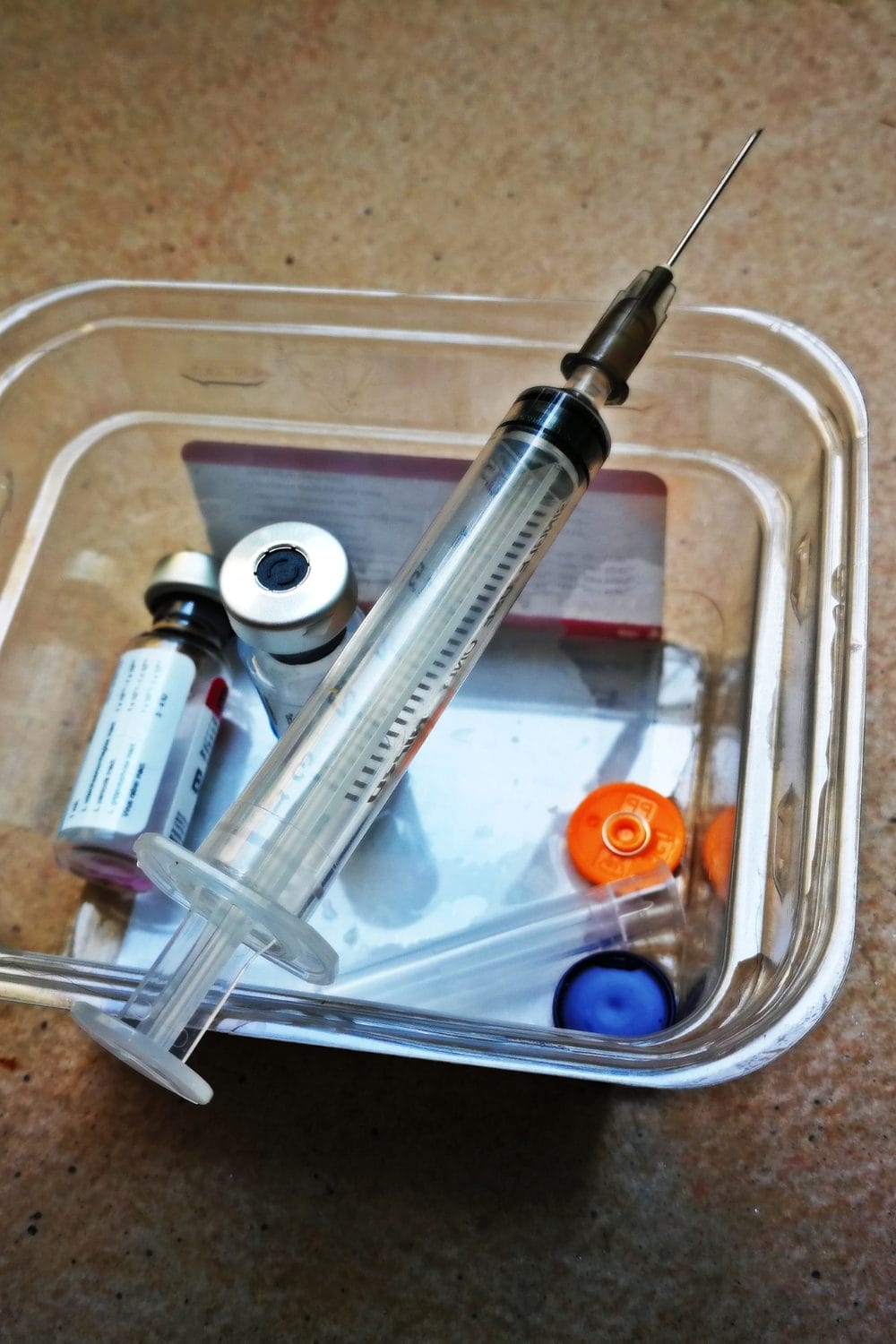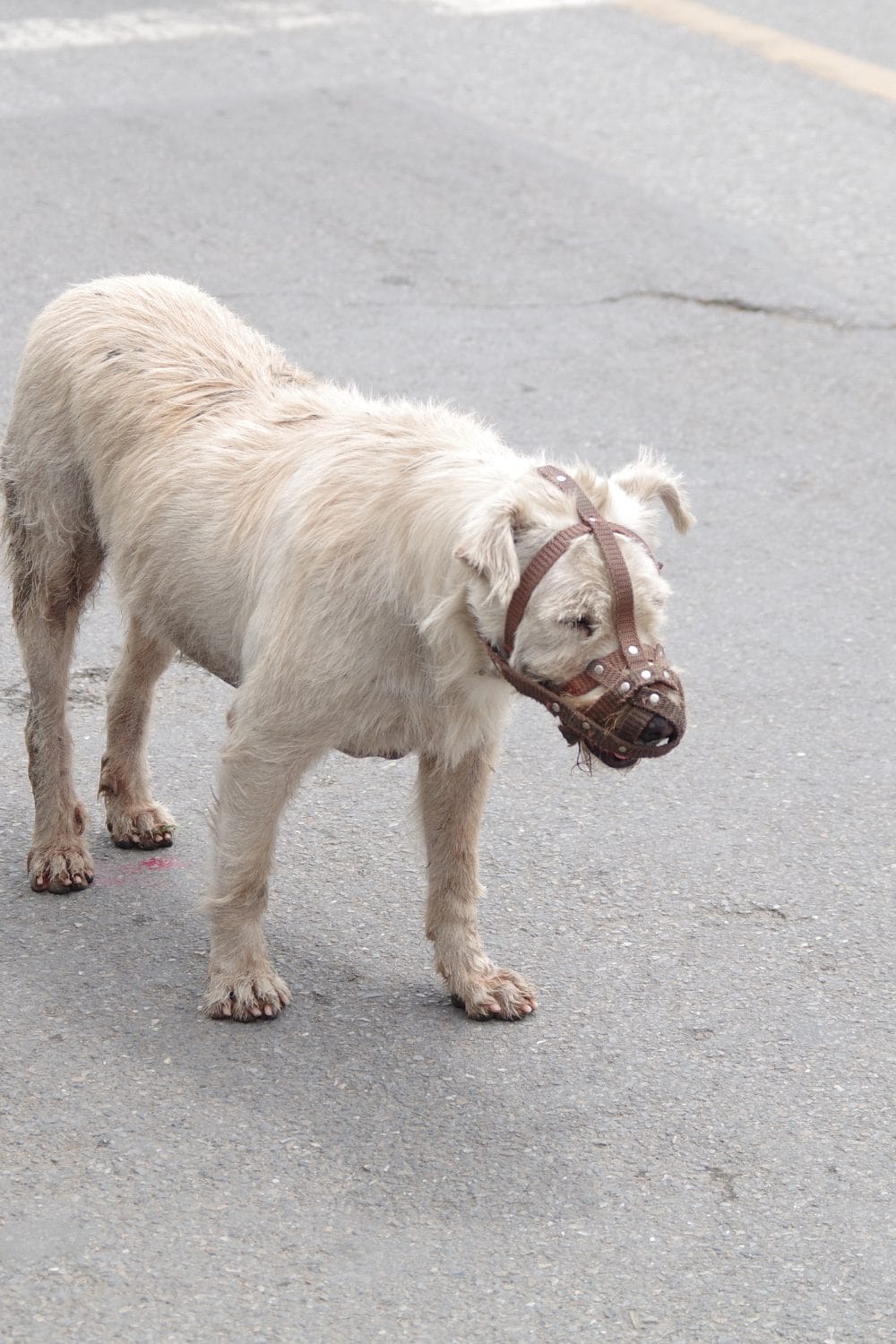
World Rabies Day, observed annually on September 28th, serves as a global platform to raise awareness about the prevention of rabies and the progress in eliminating this deadly disease.
Organized by the Global Alliance for Rabies Control (GARC) since 2007, the day aims to educate people on how to prevent rabies, promote vaccination, and reduce the stigma surrounding animals, particularly dogs, which are often the main transmitters of the rabies virus.
The day also commemorates the death anniversary of Louis Pasteur, the scientist who developed the first rabies vaccine.
Rabies is a fatal viral infection that affects mammals, including humans.
Although preventable, tens of thousands of lives are claimed each year, especially in regions like Asia and Africa, where access to healthcare and vaccines is limited.
World Rabies Day provides an opportunity to reflect on progress, spread awareness, and encourage proactive steps to eliminate rabies.
History of World Rabies Day
The Global Alliance for Rabies Control (GARC) established World Rabies Day in 2007 to create a coordinated platform for promoting rabies awareness and prevention efforts worldwide.
The date, September 28th, was chosen to honor Louis Pasteur, who successfully developed the first rabies vaccine, marking a pivotal moment in the fight against the disease.
Initially, the day focused on regions most affected by rabies, such as Asia and Africa, where up to 99% of human rabies cases are linked to dog bites.
However, over the years, it has grown into a worldwide movement, uniting governments, healthcare professionals, animal rights organizations, and the general public to work towards the global goal of eliminating rabies.
Since its inception, World Rabies Day has crucially promoted collaboration between the World Health Organization (WHO), the World Organization for Animal Health (OIE), and various local health authorities to ensure comprehensive implementation of rabies control measures.
Significance of World Rabies Day

World Rabies Day is not just a day to raise awareness; it is an opportunity to take concrete actions to prevent rabies and save lives.
The day highlights the importance of vaccinating pets, particularly dogs, which are responsible for transmitting the virus in most cases.
It also emphasizes the need for communities to have access to life-saving post-exposure treatments.
The theme for World Rabies Day changes annually, each focusing on a different aspect of rabies prevention.
These themes guide campaigns and inspire global action.
Whether through community vaccination drives, education campaigns, or efforts to improve healthcare access, World Rabies Day continues to be instrumental in reducing the number of rabies cases worldwide.
One of the most significant milestones is the ongoing global initiative to eliminate dog-mediated human rabies by 2030.
By promoting responsible pet ownership, vaccinating animals, and improving public education on rabies prevention, World Rabies Day helps support this critical goal.
Facts About World Rabies Day
Rabies Is Preventable
Rabies is 100% preventable through vaccination and timely medical care. Despite this, it causes over 59,000 deaths globally each year.
Dogs Are the Main Source
Around 99% of human rabies cases are caused by dog bites. This is why vaccinating dogs is a key part of rabies prevention efforts.
Louis Pasteur’s Legacy
World Rabies Day commemorates Louis Pasteur, who developed the first rabies vaccine, saving countless lives since its discovery.
Global Impact
Rabies is present on every continent except Antarctica, with the highest number of cases occurring in Africa and Asia.
Target for 2030
The World Health Organization, in collaboration with other international health bodies, aims to eliminate human rabies caused by dogs by 2030.
Post-Exposure Prophylaxis (PEP)
If someone is exposed to rabies, immediate treatment with PEP can prevent the virus from progressing, saving their life.
How to Celebrate World Rabies Day

Organize or Join Educational Campaigns
Participate in community awareness drives that educate people about rabies prevention, the importance of vaccination, and responsible pet ownership.
Vaccination Drives
Many organizations hold free or low-cost rabies vaccination camps for pets. If you have a pet, make sure to vaccinate them and encourage others to do the same.
Host Virtual Webinars and Events
In the age of digital communication, hosting online events can reach a wider audience.
Webinars can include veterinarians, healthcare experts, and community leaders discussing rabies prevention strategies.
Volunteer at Animal Shelters
Animal shelters often need help with outreach and vaccination programs.
Volunteering can make a significant impact in reducing stray animal populations and controlling rabies outbreaks.
Share Information on Social Media
Use social media to spread awareness by sharing posts, infographics, and facts about rabies prevention. Use hashtags like #WorldRabiesDay or #EndRabiesNow to reach a larger audience.
Protection Tips for World Rabies Day
Vaccinate Pets Regularly
Ensure that your pets, especially dogs and cats, are up to date with their rabies vaccinations. Annual booster shots are critical for maintaining immunity.
Avoid Contact with Stray Animals
Wild animals and strays may carry the rabies virus. Avoid touching or feeding stray animals, especially in areas where rabies is prevalent.
Educate Children About Rabies Risks
Teach children to avoid playing with unknown animals and to report any bites or scratches immediately to an adult.
Seek Immediate Medical Attention After an Animal Bite
If an animal bites you or someone else, wash the wound thoroughly with soap and water, and seek medical care promptly to receive post-exposure prophylaxis (PEP).
Support Local Rabies Control Programs
Contribute to or volunteer with local organizations that work on vaccinating stray animals and educating the community about rabies prevention.

Conclusion
World Rabies Day serves as a crucial reminder of the ongoing efforts needed to eliminate this deadly disease.
By understanding rabies, spreading awareness, and taking preventive actions, we can move closer to the global goal of eradicating dog-mediated rabies by 2030.
Vaccination, education, and responsible pet ownership are key in preventing rabies and protecting communities from this life-threatening virus.
On this day, let’s unite in our commitment to saving lives and ensuring a safer world for both humans and animals.
FAQs About World Rabies Day
World Rabies Day aims to raise global awareness about rabies prevention, promote vaccination, and support efforts to eliminate dog-mediated human rabies.
September 28th was chosen to honor Louis Pasteur, the scientist who developed the first rabies vaccine, marking a significant milestone in rabies prevention.
You can participate by spreading awareness about rabies, vaccinating your pets, supporting local vaccination drives, and sharing information on social media.
Yes, rabies is 100% preventable through timely vaccination of animals and post-exposure prophylaxis (PEP) for humans who have been exposed to the virus.
Wash the wound thoroughly with soap and water, and seek immediate medical attention to receive post-exposure prophylaxis (PEP), which can prevent the virus from progressing.

- Mindful Tips for Avoiding Holiday Weight Gain in Indoor Cats - December 19, 2025
- 15 Affordable Secret Santa Gifts for Pet Lovers: Heartfelt Ideas - December 17, 2025
- Calm Greetings: Training Your Dog Not to Jump on Christmas Guests - December 15, 2025


GIPHY App Key not set. Please check settings